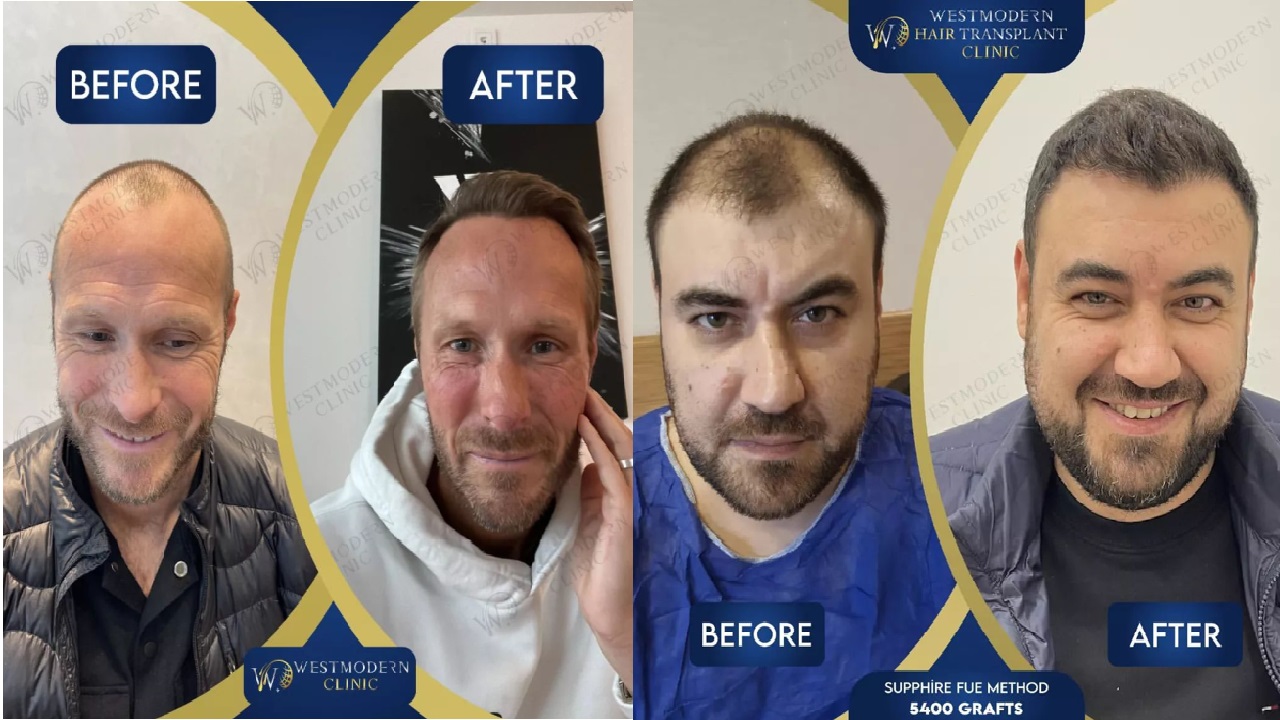We have comprehensive answers to the question of what is a gastric bypass surgery. Gastric bypass surgery, one of the most popular obesity treatments in recent years, is preferred because it gives fast and successful results. The healing process of the treatment, which does not have a very intensive surgical procedure, is also fast.
At WestModern Clinic, we can give useful answers to the question of what is a gastric bypass surgery. We can give information about gastric bypass surgery by taking into account the feedback we received from our patients who applied to our clinic.
What Is Gastric Bypass Surgery and Why Is It Preferred?
Gastric bypass surgery is one of the most effective methods in bariatric surgery. Gastric bypass, which is a closed operation, is one of the operations that reduce the volume of the stomach. Thanks to this quick and easy procedure, our patients will be able to lose 50% of their excess weight in the first year.
Gastric bypass surgery is popular because it is an easy treatment technique. As you know, most of the obesity treatments applied in the medical field pose a risk. But when it comes to gastric bypass surgery, it will not be possible to talk about a very intense risk rate.
At WestModern Clinic, we can provide our patients with comprehensive information about gastric bypass surgery pros vs cons. In this way, we ensure that you have a complete idea about the operation.
1- What is A Gastric Bypass Surgery and How Is It Applied?
We think that we have given useful answers to the question of what is a gastric bypass surgery in the paragraph above. If you already know how the operation is done, you can have information about the operation.
Before gastric bypass surgery, we need to go through a preliminary examination process for our patients who apply to our clinic. In this way, we determine the obesity level of our patient and decide which treatment technique will be applied.
During the operation, we make small incisions in the abdomen of our patient. Each of these incisions is small and is made in a way that does not leave scars in the later process. Through the incisions we have made, we insert the medical equipment called a trocar, which will help us in the operation, into the abdomen.
We form a small tube stomach in a part of the stomach and connect this small stomach with the small intestine. These two processes are an indication that the operation consists of two stages. When it comes to what is a gastric bypass surgery, we can say that the operation consists of two stages.

2- How Does Gastric Bypass Work? – What Is a Gastric Bypass Surgery?
Thanks to the gastric bypass operation, the stomach becomes smaller and the absorption of the small intestine is restricted. In this way, our patients will start to lose weight as soon as possible. After the operation, 50% of the excess weight is usually lost within two years. Moreover, some hormonal irregularities can be eliminated by reducing the size of the stomach and connecting it to the small intestine.
We share the process and how the process works in detail with all our patients while being treated at WestModern Clinic. We provide all necessary preliminary information for our patients to have full information about the operation.
3- Gastric Bypass Surgery Side Effects
It is possible to answer the question of what is a gastric bypass surgery with the side effects of the operation. Risks of gastric bypass surgery may include the following symptoms:
- The risk of bile reflux; This is a risk that can be avoided in the operation. WestModern Clinic ‘s specialist physicians will make the necessary interventions to avoid such a situation.
- The risk of stomach ulcers is also one of the rare side effects.
- Risk of dumping syndrome; To avoid such a risk, it is necessary to enter a carbohydrate diet for a while.
- Side effects such as nausea and vomiting
- Risk of infection; As with any operation, there may be a risk of infection for gastric bypass.
Gastric bypass side effects years later are related to making a part of the stomach passive. However, all of these risks can be eliminated by performing the necessary examinations on the patient.




